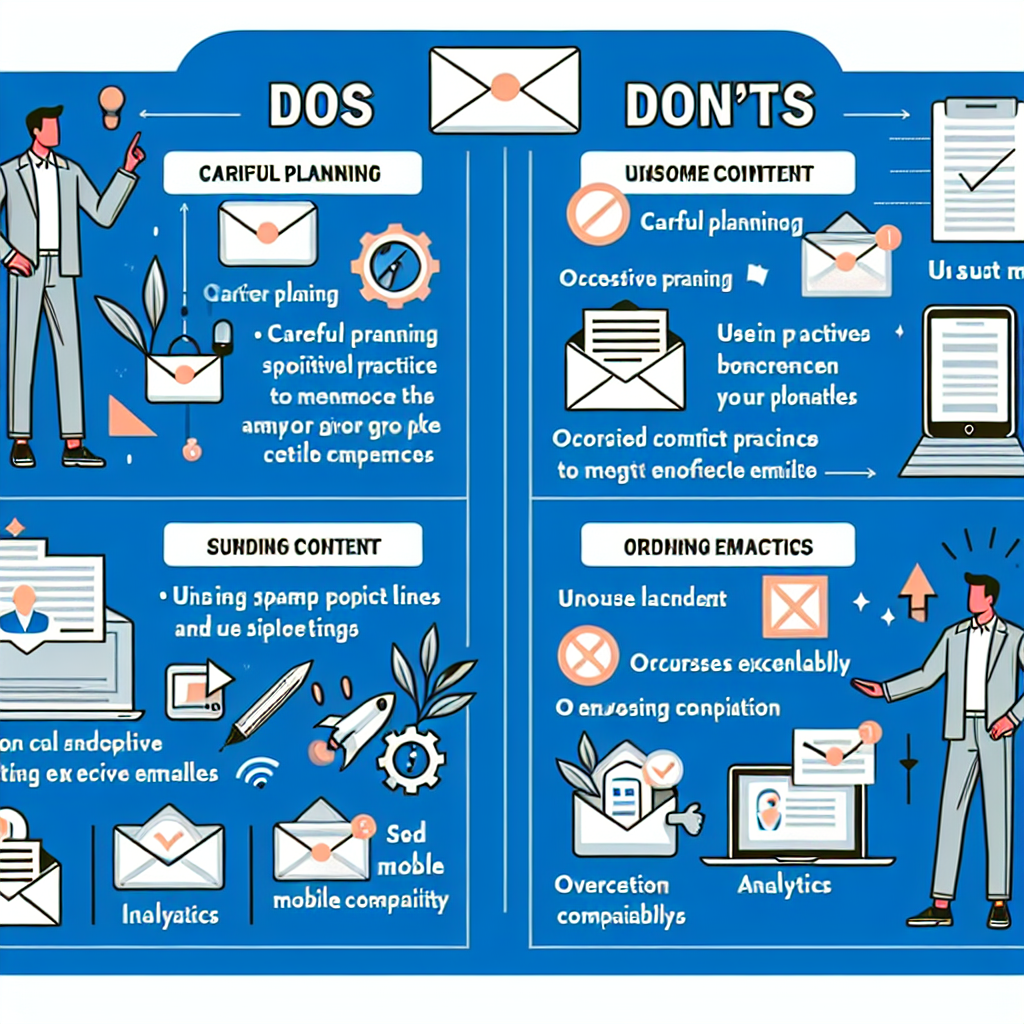Boost Your Conversion Rates with These Simple Tweaks
In today’s highly competitive digital landscape, optimizing your website’s conversion rates is crucial for success. Whether you’re running an e-commerce store, a SaaS business, or a blog, improving your conversion rates can significantly impact your bottom line. Luckily, you don’t always need to undertake a complete overhaul to see meaningful results. Sometimes, simple tweaks can make a world of difference. In this blog post, we’ll explore actionable tips and strategies to boost your conversion rates effectively.
Understanding Conversion Rates
Before diving into optimization techniques, it’s essential to understand what conversion rates are and why they matter. A conversion rate is the percentage of visitors who take a desired action on your website, such as making a purchase, signing up for a newsletter, or filling out a contact form. For example, if 100 people visit your site and 5 of them make a purchase, your conversion rate is 5%.
Higher conversion rates mean more of your traffic is taking action, leading to increased revenue and growth. Now, let’s look at some simple yet effective ways to boost these rates.
1. Optimize Your Call-to-Actions (CTAs)
Call-to-Actions (CTAs) are critical elements that guide your visitors towards taking the desired action. A well-designed and strategically placed CTA can significantly improve your conversion rates.
Use Action-Oriented Language
Ensure your CTAs use action-oriented language that clearly communicates what the user should do next. Phrases like “Get Started,” “Sign Up Now,” or “Claim Your Free Trial” are more compelling than generic terms like “Submit” or “Click Here.”
Make CTAs Stand Out
Design your CTAs to stand out visually. Use contrasting colors, bold fonts, and ample whitespace to draw attention to them. For example, if your website’s primary color is blue, a bright orange CTA button can catch the eye more effectively.
Place CTAs Strategically
Position your CTAs where they are most likely to be noticed. Common placements include above the fold, at the end of blog posts, in the sidebar, and within pop-ups. Test different placements to see what works best for your audience.
2. Improve Website Load Speed
Website load speed is a critical factor that affects user experience and conversion rates. According to a study by Google, 53% of mobile users abandon a site that takes longer than three seconds to load. Therefore, optimizing your website’s speed is essential.
Compress Images
Large images can significantly slow down your website. Use image compression tools like TinyPNG or JPEG-Optimizer to reduce file sizes without compromising quality.
Leverage Browser Caching
Enable browser caching to store static files, such as images, CSS, and JavaScript, on the user’s device. This reduces the load time for returning visitors.
Minimize HTTP Requests
Reduce the number of HTTP requests by combining CSS and JavaScript files, using CSS sprites for images, and removing unnecessary plugins and scripts.
3. Enhance Your Website’s Mobile Experience
With mobile devices accounting for over half of global web traffic, providing a seamless mobile experience is crucial. A mobile-friendly website can significantly improve your conversion rates.
Use Responsive Design
Implement a responsive design that adjusts your website’s layout based on the screen size. This ensures that your site looks and functions well on all devices, from desktops to smartphones.
Simplify Navigation
Simplify your mobile navigation by using a clean and intuitive menu structure. Avoid clutter and make it easy for users to find what they’re looking for.
Optimize Forms for Mobile
Long and complex forms can be a major deterrent for mobile users. Simplify your forms by reducing the number of fields and using mobile-friendly input types (e.g., date pickers, drop-down menus).
4. Leverage Social Proof
Social proof is a powerful psychological phenomenon where people rely on the actions and opinions of others to make decisions. Incorporating social proof into your website can boost credibility and increase conversions.
Display Customer Reviews and Testimonials
Showcase positive customer reviews and testimonials prominently on your site. According to BrightLocal, 87% of consumers read online reviews before making a purchase decision.
Highlight Case Studies and Success Stories
Share detailed case studies and success stories that demonstrate how your product or service has helped others achieve their goals. This provides tangible evidence of your value.
Show Trust Badges and Certifications
Display trust badges and certifications, such as SSL certificates, industry awards, and endorsements from reputable organizations. These elements can instill confidence in potential customers.
5. Use A/B Testing
A/B testing, also known as split testing, involves comparing two versions of a webpage or element to determine which one performs better. This data-driven approach can help you identify and implement the most effective changes to boost your conversion rates.
Test Different Headlines
Headlines are often the first thing visitors see, so they play a crucial role in capturing attention. Test different headlines to see which ones resonate most with your audience.
Experiment with CTA Variations
Test different CTA designs, placements, and copy to find the most compelling combinations. Even small changes can lead to significant improvements in conversion rates.
Analyze Results and Iterate
Use tools like Google Optimize or Optimizely to run A/B tests and analyze the results. Continuously iterate and refine your website based on data-driven insights.
6. Simplify Your Checkout Process
For e-commerce websites, the checkout process is a critical conversion point. A complicated or lengthy checkout process can lead to cart abandonment. Simplifying this process can increase your conversion rates.
Reduce the Number of Steps
Minimize the number of steps required to complete a purchase. Ideally, the entire checkout process should be completed in a few simple steps.
Offer Guest Checkout
Allow customers to check out as guests without creating an account. Forcing account creation can be a significant barrier to conversion.
Provide Multiple Payment Options
Offer a variety of payment options, such as credit cards, PayPal, Apple Pay, and Google Wallet, to cater to different preferences and increase convenience.
Conclusion
Boosting your conversion rates doesn’t always require drastic changes. By implementing these simple yet effective tweaks, you can enhance user experience, build trust, and guide visitors towards taking the desired action. Remember to continuously monitor and analyze your website’s performance, and be open to experimenting with new strategies. With a data-driven approach and a focus on user-centric design, you’ll be well on your way to achieving higher conversion rates and growing your business.
Start applying these tips today and watch your conversion rates soar!

